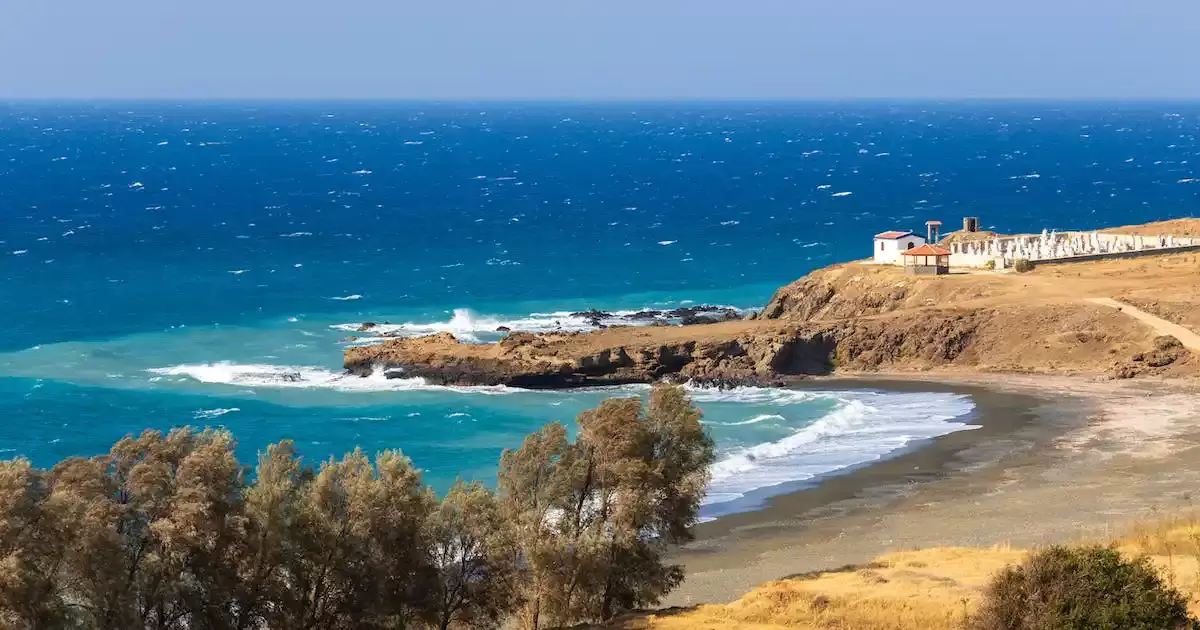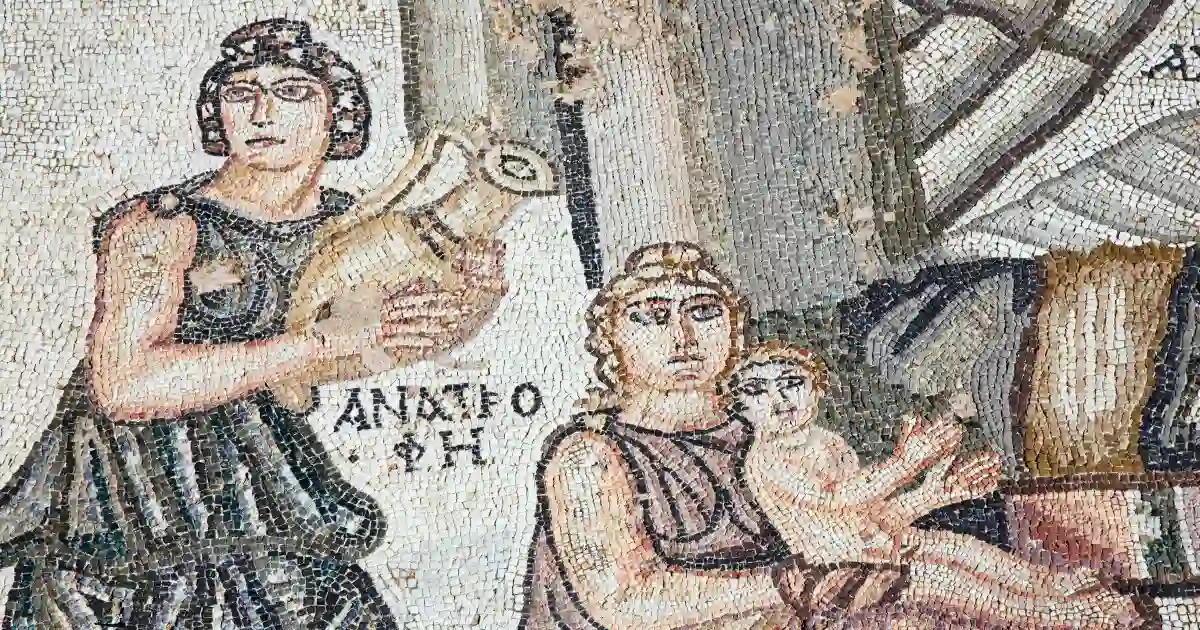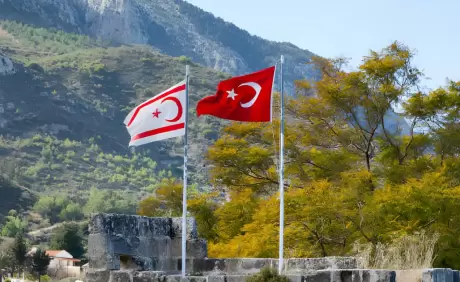
History of Cyprus
The historical background of Cyprus is quite long and deep-rooted. In this article, we will discuss the historical periods and modern periods of Cyprus.
Rent a car in Cyprus with EuroDrive Cyprus at the best prices. Explore Cyprus freely!
Early Periods of Cyprus
The Cyprus history is long and complex, with various periods of influence and control by different civilizations and empires. Here are some key early periods of Cyprus.
Prehistoric and Ancient Cyprus: Neolithic Period (circa 8500-3900 BCE): Cyprus was inhabited by prehistoric people who practiced agriculture and pottery-making.
Bronze Age (circa 2500-1050 BCE): During this period, Cyprus saw the rise of advanced civilizations, such as the Early Cypriot and Middle Cypriot cultures. Copper mining and trade were essential economic activities, and the island was a significant source of copper for the Eastern Mediterranean.
Classical Antiquity: Phoenician and Assyrian Influence: Cyprus was visited and influenced by various ancient civilizations, including the Phoenicians and Assyrians, who established trading posts and colonies on the island.
Persian Rule (circa 545-333 BCE): The Achaemenid Empire (Persian Empire) conquered Cyprus and ruled it for several centuries.

Hellenistic Period: Alexander the Great and the Successors: After the death of Alexander the Great, Cyprus came under the rule of his successors, the Ptolemies, who were the Greek rulers of Egypt. Cyprus became a Ptolemaic province in the 4th century BCE.
Roman Period: Roman Annexation (58-50 BCE): Cyprus was incorporated into the Roman Republic and later the Roman Empire. During this time, it was an important agricultural and copper-producing region.
Byzantine Period: Christianization (4th-7th centuries): Cyprus underwent a significant process of Christianization during the Byzantine period, and the island became an important center for Eastern Orthodox Christianity.
Arab and Byzantine Period: Arab Invasions (7th-10th centuries): The Arab Caliphate launched invasions of Cyprus in the 7th and 8th centuries, leading to a period of Arab control. The Byzantines regained control in the 10th century.
History of Medieval Cyprus

During the medieval period of Crusader Rule (12th-15th centuries), Cyprus was ruled by various European powers, including the Crusader Kingdom of Jerusalem and the Lusignan dynasty. The island was a critical Crusader outpost.
History of Cyprus during the Ottoman Empire Period

The Ottoman Empire captured Cyprus in 1571, and the island remained under Ottoman rule for several centuries. During this time, it experienced significant cultural and demographic changes.
These are some of the major periods in the early history of Cyprus. The island's history continued to evolve through various colonial and modern periods, including British colonial rule and the eventual establishment of the Republic of Cyprus in 1960. It's important to note that the history of Cyprus is marked by a diverse mix of cultures and influences due to its strategic location in the Eastern Mediterranean.
Modernization Process of Cyprus
Cyprus has undergone a significant modernization process since gaining independence from British colonial rule in 1960. The modernization of the island has involved economic, political, social, and cultural changes. Here are some key aspects of the modernization process in Cyprus:
Economic Modernization: Cyprus transitioned from an agrarian-based economy to a more service-oriented and diversified one. Tourism, financial services, and shipping have become important sectors in the Cypriot economy.
The government has invested in infrastructure development, including transportation, telecommunications, and energy, to support economic growth.
Cyprus joined the European Union (EU) in 2004, which has had a significant impact on its economic modernization. It adopted the euro as its official currency in 2008.
Political Modernization: Cyprus has maintained a democratic form of government with regular elections and political stability. The modernization process has been characterized by the development a democratic political system.
The long-standing Cyprus problem, which involves the division of the island into the Greek Cypriot-controlled Republic of Cyprus and the Turkish Cypriot-controlled Turkish Republic of Northern Cyprus, has been a significant political issue. Ongoing efforts have been made to find a resolution, with varying degrees of success.
Social Modernization: Cyprus has invested in education and healthcare systems, resulting in improved access to quality education and medical services.
A diverse population with various ethnic and religious communities characterizes Cyprus. The modernization process has contributed to increased intercultural interactions and tolerance.
Efforts have been made to promote and preserve Cypriot culture and heritage. Cultural events, museums, and traditional crafts have been revitalized and modernized.
International Relations: Cyprus has developed diplomatic ties with other nations and international organizations. It plays a role in various regional and global issues.
The modernization process in Cyprus has been ongoing and continues to evolve, influenced by domestic and international factors. However, it's important to note that the issue of division on the island remains a significant challenge to its full modernization and reunification efforts.
Cyprus Problem and Partition

The "Cyprus Problem" refers to the longstanding and complex issue of the division of Cyprus, which has persisted since 1974. The island of Cyprus is divided into two main entities:
The Republic of Cyprus is the internationally recognized government that controls the southern and eastern parts of the island. It is predominantly Greek Cypriot and operates as an independent state, although it is affected by the ongoing division.
The Turkish Republic of Northern Cyprus (TRNC) is controlled by the TRNC, which is recognized only by Turkey. It was established in 1983 following the Turkish military intervention in Cyprus in 1974. The northern part is predominantly Turkish Cypriot.
The division of Cyprus and the Cyprus Problem have their roots in a series of events.
Cyprus Independence (1960): Cyprus gained independence from British colonial rule in 1960. The newly formed Republic of Cyprus was supposed to be a power-sharing arrangement between the Greek Cypriot majority and the Turkish Cypriot minority.
Crisis and Conflict (1963-1974): Political tensions between the Greek Cypriot and Turkish Cypriot communities led to violence and intercommunal conflict. In 1974, a military coup inspired by the military junta in Greece prompted Turkey to intervene militarily in Cyprus, leading to the de facto division of the island.
Division and Buffer Zone: The Turkish military established control in the northern part of Cyprus, and a buffer zone, patrolled by the United Nations, was created to separate the two sides.
Unresolved Issue: Despite various attempts at negotiations and peace talks, the Cyprus Problem remains unresolved. The international community has consistently called for a peaceful resolution to reunify the island.
Unlock the best way to explore the island with easy and affordable car rental in North Cyprus.







